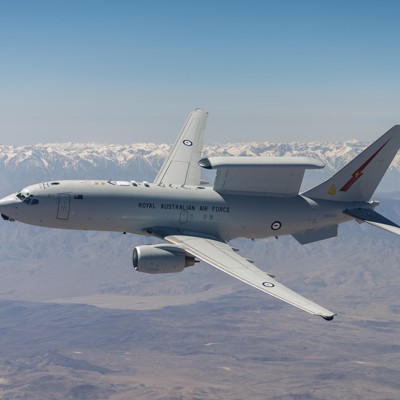Funding for the Air Force’s new E-7 Wedgetail radar jet was included in a bipartisan agreement on October 1, 2023, aimed at ending the longest-ever government shutdown. This agreement, a nearly 31-page continuing resolution, allocates nearly $200 million specifically for “continued rapid prototyping activities” to maintain the program schedule and transition to production of the E-7. Despite these allocations, the military has expressed intentions to cut the E-7 program.
The funding provisions for the E-7 are similar to efforts included in earlier versions of the National Defense Authorization Act and Defense Appropriations Act during the summer of 2023, as well as a stopgap funding bill in September. Senator Susan Collins (R-ME), Chair of the Senate Appropriations Committee, stated on October 1 that “other programs will be funded through January 30th, while the Senate and House continue work on the remainder of the year-long appropriations bills.” She emphasized the importance of resolving governmental issues to protect national security.
The inclusion of the E-7 in this continuing resolution is considered a win for Boeing, the manufacturer of the Wedgetail. However, a company spokesperson did not comment on this development, and the Air Force also did not respond to requests for comment.
In a divergent view, Defense Secretary Pete Hegseth has criticized the E-7’s survivability, indicating it is not suited for modern battlefield conditions. The Air Force’s 2026 budget request also seeks to divert funding away from the E-7. In contrast, defense experts interpret the continued support for the Wedgetail as indicative of congressional concerns regarding the Space Force’s ability to quickly deploy airborne systems crucial for intelligence, surveillance, and reconnaissance.
Todd Harrison, a defense budget expert at the American Enterprise Institute, remarked that this move reflects congressional caution regarding the airborne warning mission. He noted that Hegseth had characterized the E-7 as lacking survivability, and defense officials had previously indicated that the program would be halted due to increasing costs and delays.
Originally, the E-7 was intended to replace the aging E-3 Sentry aircraft. Boeing and the Air Force finalized an agreement last year for two test planes expected to be delivered in 2028, with costs having risen to $2.6 billion, marking an increase of $884 million or 33%, according to a June Government Accountability Office report. Additionally, the British government announced in September that the two E-7 prototypes will be constructed in the United Kingdom, marking a significant collaboration in military aircraft manufacturing.













